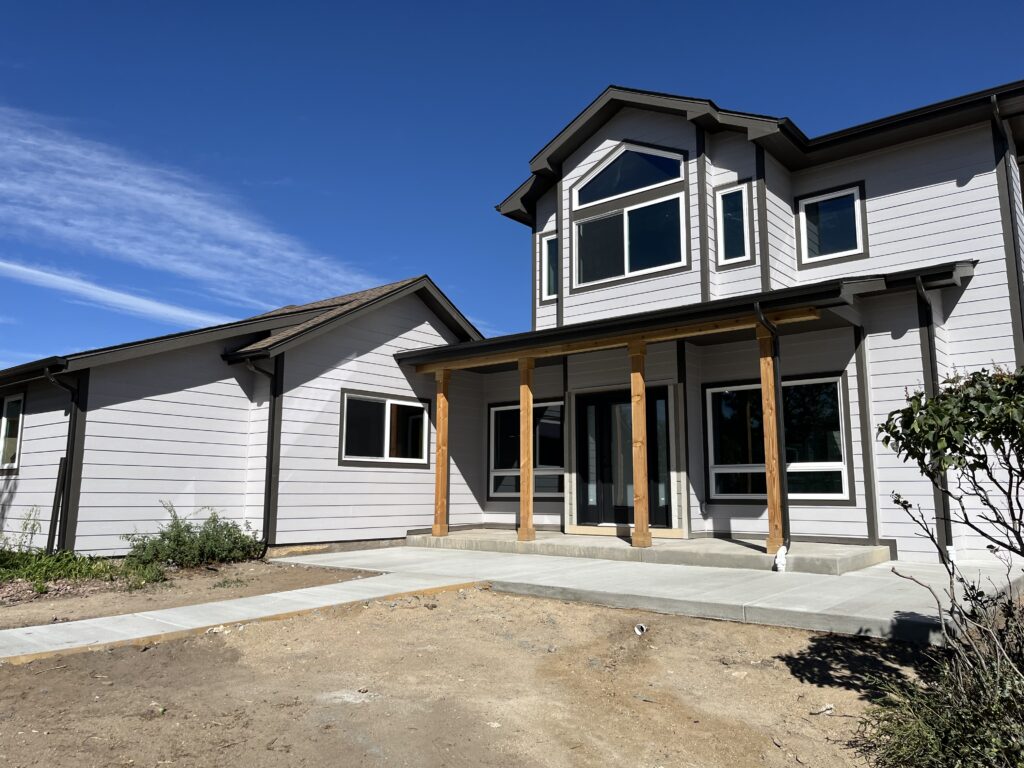When starting a custom home build or major renovation, one of the most important decisions you’ll make with your contractor is how your project will be priced. The two most common options are the fixed price contract and the cost plus contract construction model.
So, which is better?
The short answer: it depends. Both contract types have advantages depending on your budget preferences, comfort level with transparency, and the nature of your project. Let’s walk through how each one works and how to decide which is right for you.
Understanding Fixed Price vs. Cost Plus Contract Construction
In a fixed price contract, the homeowner and contractor agree on one total price that covers all labor, materials, supervision, and overhead. You won’t see every individual receipt or markup—instead, everything is built into a single, predictable figure. This model is ideal for clients who prefer simplicity and a clearly defined budget from day one.
On the other hand, a cost plus contract construction model breaks down each expense and adds a contractor fee—typically 20–30%—on top of actual costs. This approach offers greater transparency and flexibility, especially for evolving projects, but it requires more day-to-day involvement from the homeowner.
At Cliff Joyner Construction, we most often use the fixed price for large-scale renovations, additions, and custom homes because it gives our clients a clear path forward without being overwhelmed by the fine print.
A Real-World Example
Let’s say your project is a simple 4′ x 6′ concrete landing at your back door.
- Fixed price contract: The contract states exactly what’s included—concrete thickness, reinforcement materials, finish type, and dimensions. The total cost is $2,500, with no itemized breakdown necessary.
- Cost plus contract construction: The same scope is outlined, but costs are listed individually—labor and materials might total $2,000, and the contractor adds a 25% fee for coordination, liability, and expertise, bringing the total to $2,500.
The end result is the same in this example—but how the pricing is communicated differs.
Why We Prefer the Fixed Price Contract
Some homeowners worry that this contract hides contractor costs, but in reality, it simplifies the process. When your project involves hundreds of line items—from material deliveries to subcontractor labor—it can quickly become overwhelming to track each one. A fixed price model wraps everything into a single, clearly defined agreement, while still outlining the scope, responsibilities, and expectations.

Our contracts include detailed descriptions of what’s covered, timelines, and allowance amounts for selections still to be made. It’s clear, predictable, and lets you focus on the fun part: designing your space.
What About Allowances?
Not every choice can be locked in at the start. Items like flooring, cabinetry, and tile are often client-driven selections. That’s why we include allowance amounts in our fixed price contracts.
- If your selection goes over the allowance, you simply pay the difference.
- If it comes in under, we credit you back.
This gives you flexibility to make personal choices while maintaining the structure of a fixed price contract.
Some parts of a project—like excavation—may also fall outside of fixed pricing due to unpredictability. We’ll always communicate that upfront.
Which Contract Is Right for You?
Both models can be successful when paired with good communication. The right option depends on how much pricing detail you want, how involved you’d like to be in daily decisions, and how your contractor operates.
For us, the fixed price contract delivers a streamlined, client-friendly experience that leads to strong results and less stress throughout the project.
Choosing the right contract model is about more than numbers—it’s about setting expectations, defining roles, and building trust. Whether you prefer the structure of a fixed price contract or the transparency of cost plus contract, what matters most is clear communication from day one.
At Cliff Joyner Construction, we’re here to guide you through every step of your project—with integrity, transparency, and decades of hands-on experience.
